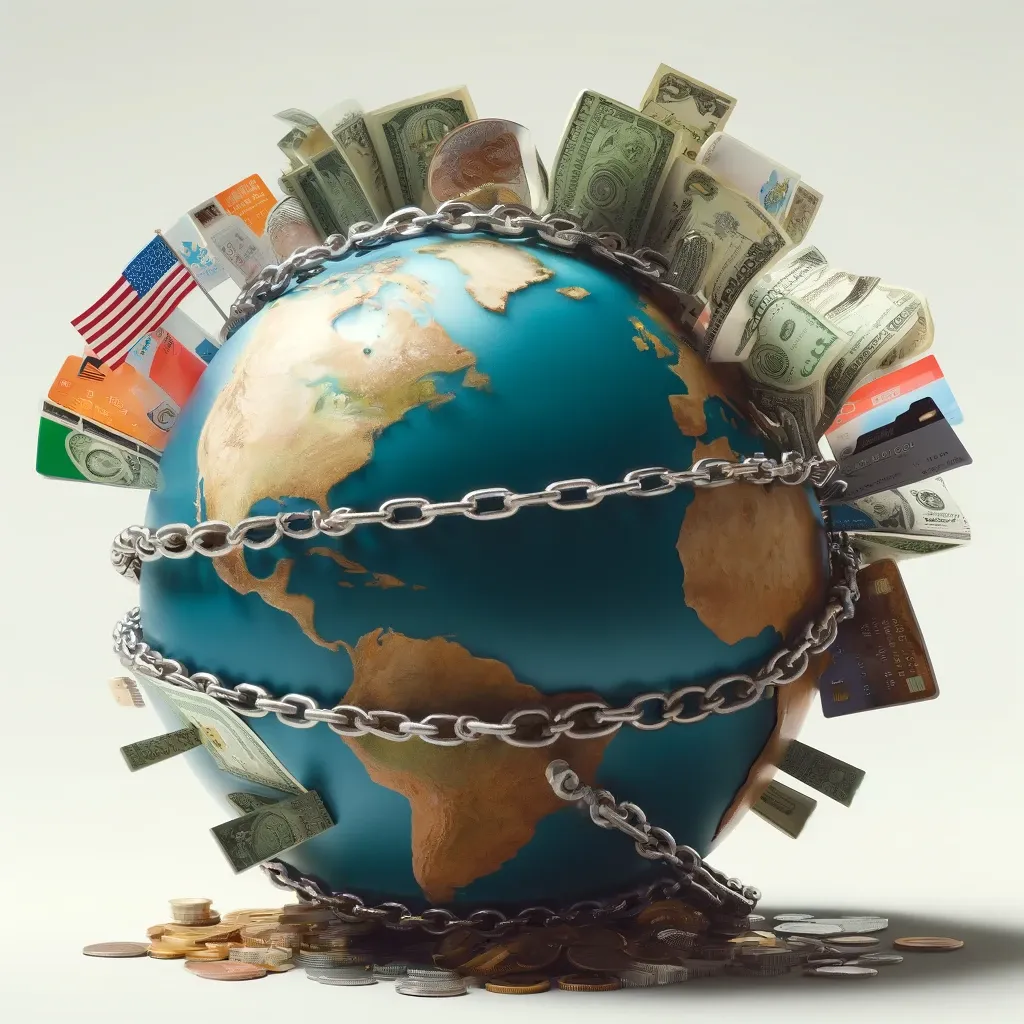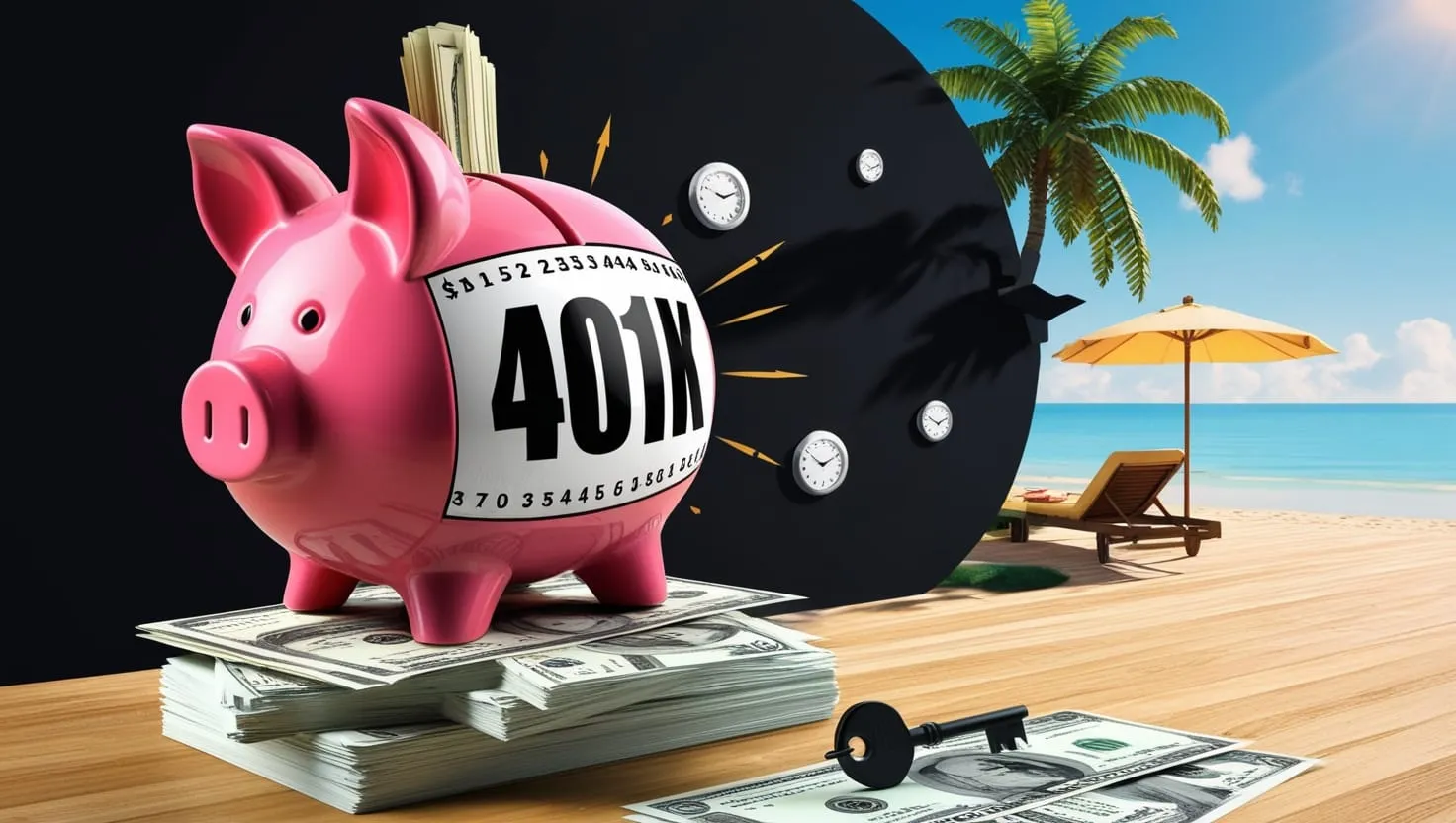Visa's incredible journey starts with Amadeo Gianini, the son of Italian immigrants. Born into a family of humble origins, Gianini worked as a grocery merchant before founding the Bank of Italy in 1904 in San Francisco. His vision was unique: he wanted to help middle-class people and immigrants who were often overlooked by other banks. Gianini believed in lending money to those who needed it most, which quickly made his bank popular. Over time, his bank grew and merged with others, eventually becoming the Bank of America.
Gianini's commitment to supporting the average person laid the groundwork for what would later become Visa. His innovative approach to banking, focusing on generosity and understanding the needs of ordinary people, turned a small local bank into a financial powerhouse, setting the stage for Visa's future dominance in the world of credit cards.
The Birth of the Credit Card
In the 1950s, the idea of a credit card was born at the Bank of America. S. Clark Beise, the bank’s forward-thinking president, and Joseph Williams, a sharp manager, wanted to make it easier for people to buy things on credit. In 1958, they launched a bold experiment called the "Fresno Drop." They mailed 60,000 unsolicited credit cards, called BankAmericards, to residents of Fresno, California.
Each card had a $300 credit limit and an 18% annual interest rate. This was the first time people could buy things without needing to apply for a loan or have cash on hand. The response was huge, and even though there were some early issues with fraud, the idea caught on. This experiment laid the foundation for the modern credit card system and was a crucial step in making Visa the financial giant it is today.
Overcoming Early Challenges
The launch of BankAmericard was not without its hurdles. Initially, the experiment in Fresno faced significant issues with fraud and delinquency, as many customers didn’t repay their debts. The delinquency rate shot up to 20%, causing Bank of America to lose millions. Joseph Williams, the manager behind the idea, was fired. However, the bank didn't give up.
They started retracting cards from non-paying customers and enlisted collection agencies to recover the debts. Despite these setbacks, the core idea of a credit card proved to be strong. People liked the convenience of buying on credit, and the bank began to see the potential for profit. By refining their approach and tightening security, Bank of America managed to turn the BankAmericard into a profitable venture. This resilience set the stage for the credit card's success and laid the groundwork for Visa's future dominance.
Innovation and Expansion
Dee Hock, a visionary from Utah, played a pivotal role in transforming BankAmericard into a global powerhouse. By the late 1960s, he saw the need for a more organized system to handle the growing credit card market. He proposed forming a new, independent organization, National BankAmericard Inc. (NBI), which later became Visa. Hock's innovative idea was to create a decentralized network where multiple banks could participate and issue cards using a shared infrastructure.
This system allowed for better fraud prevention and more efficient processing of transactions. Hock’s approach combined competition with cooperation, ensuring that the network could grow and adapt. By the mid-1970s, Visa was not just a card but a global payment network. Hock’s leadership and vision turned Visa into a model of efficiency and innovation, setting new standards in the financial industry and paving the way for its future success.
Battling Competition and Legal Challenges
As Visa grew, it faced stiff competition and legal hurdles. MasterCard emerged as a major competitor, creating pressure on Visa to innovate and maintain its lead. To fend off competition, Visa initially adopted an anti-duality policy, forbidding member banks from issuing both Visa and MasterCard cards. This led to a lawsuit from Worthen Bank in Arkansas, which claimed the policy violated antitrust laws. Visa lost the case and had to allow banks to issue multiple types of credit cards.
Simultaneously, Visa faced lawsuits from American Express and Discover, accusing it of monopolistic practices. These legal battles were costly and challenging, but Visa's robust business model helped it survive. Despite the setbacks, Visa's strategy of continuous innovation and expansion kept it ahead of its competitors. These legal and competitive pressures shaped Visa into a more resilient and adaptive company, reinforcing its position as a leader in the credit card industry.
Visa Today: A Financial Titan
Visa’s journey from a small idea to a financial giant is remarkable. The company went public in 2008, raising over $17 billion despite the financial crisis, which highlighted investors' confidence in Visa’s business model. Today, Visa processes trillions of dollars in transactions annually, serving as the backbone of global commerce. With innovative products like Visa Traveler’s checks and advanced security features such as card holograms, Visa has consistently stayed ahead in the market.
The company continues to evolve, embracing new technologies like contactless payments and digital wallets to meet modern consumer needs. Visa's strong global network and relentless focus on security and convenience have made it a household name. Now, with a revenue of $33 billion and a net income of $17 billion in 2023, Visa remains the king of payments, showcasing how a small idea can transform into an indispensable part of the global financial system.






